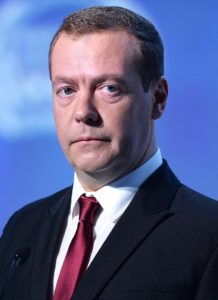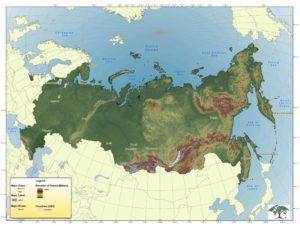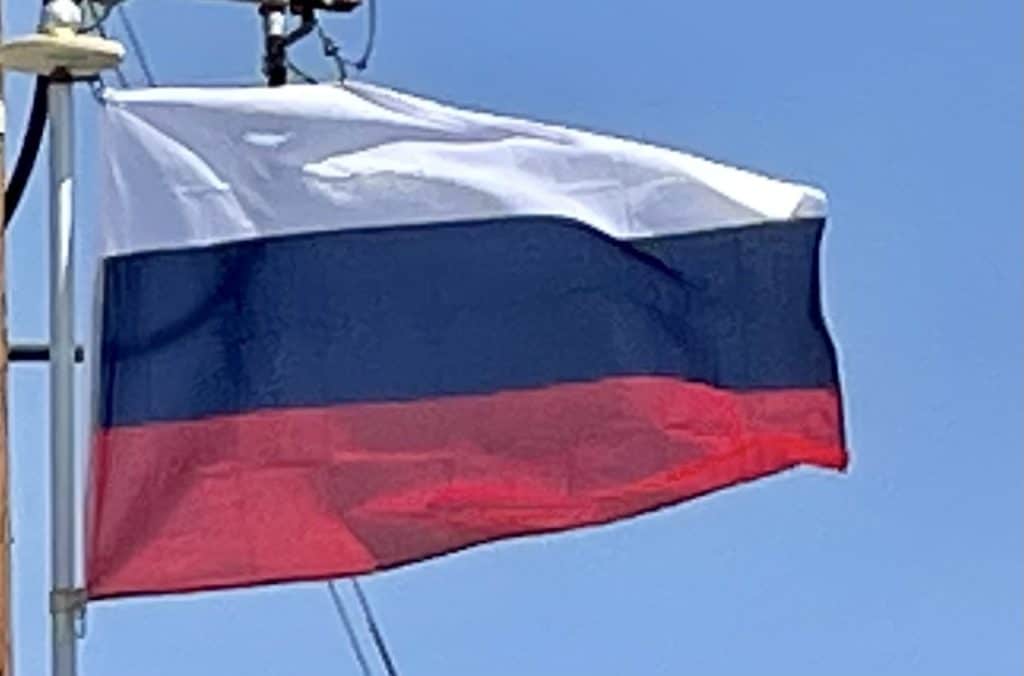On 2 March 2008, Dmitry Medvedev was elected President of Russia while Putin became Prime Minister. The Constitution of Russia prohibited Putin from serving a third consecutive presidential term. Putin returned to the presidency following the 2012 presidential elections, and Medvedev was appointed Prime Minister. This quick succession in leadership change was coined “tandemocracy” by outside media. Some critics claimed that the leadership change was superficial, and that Putin remained as the decision making force in the Russian government, while other political analysts viewed it as truly tandem. Alleged fraud in the 2011 parliamentary elections and Putin’s return to the presidency in 2012 sparked mass protests.

In 2014, after President Viktor Yanukovych of Ukraine fled as a result of a revolution, Putin requested and received authorization from the Russian parliament to deploy Russian troops to Ukraine, leading to the takeover of Crimea. Following a Crimean referendum in which separation was favored by a large majority of voters, the Russian leadership announced the accession of Crimea into the Russian Federation, though this and the referendum that preceded it were not accepted internationally. The annexation of Crimea led to sanctions by Western countries, in which the Russian government responded with its own against a number of countries.
In September 2015, Russia started military intervention in the Syrian Civil War in support of the Syrian government, consisting of airstrikes against militant groups of the Islamic State, al-Nusra Front (al-Qaeda in the Levant), the Army of Conquest and other rebel groups.
In 2018, Putin was elected for a fourth presidential term overall. In January 2020, substantial amendments to the Constitution of Russia were proposed and took effect in July following a national vote, allowing Putin to run for two more six-year presidential terms after his current term ends. The vote was originally scheduled for April, but was postponed due to the COVID-19 pandemic in Russia.
Geography:
Russia is the largest country in the world, covering a total area of 17,075,200 square kilometers (6,592,800 sq mi). It is a transcontinental country spanning much of the landmass of Eurasia, stretching vastly over both Europe and Asia. Russia has the fourth-longest coastline in the world, at 37,653 km (23,396 mi). It is larger, by size, than three continents: Oceania, Europe, and Antarctica, and is slightly smaller than the dwarf planet of Pluto by surface area.
The two most widely separated points in Russia are about 8,000 km (4,971 mi) apart along a geodesic line. Mountain ranges are found along the southern regions, which shares a portion of the Caucasus Mountains (containing Mount Elbrus; which at 5,642 m (18,510 ft) is the highest and most prominent peak in both Russia and Europe), the Altai Mountains in Siberia, and in the Russian Far East, such as the Verkhoyansk Range or the volcanoes of Kamchatka Peninsula. The Ural Mountains, rich in mineral resources, form a north–south range that divides Europe and Asia.

The Baltic Sea, Black Sea, Barents Sea, White Sea, Kara Sea, Laptev Sea, East Siberian Sea, Chukchi Sea, Bering Sea, Sea of Azov, Sea of Okhotsk, and the Sea of Japan are linked to Russia via the Arctic, Pacific, and the Atlantic. Russia’s major islands and archipelagos include Novaya Zemlya, the Franz Josef Land, the Severnaya Zemlya, the New Siberian Islands, Wrangel Island, the Kuril Islands, and Sakhalin. The Diomede Islands are just 3 km (1.9 mi) apart, and Kunashir Island is about 20 km (12.4 mi) from Hokkaido, Japan.
